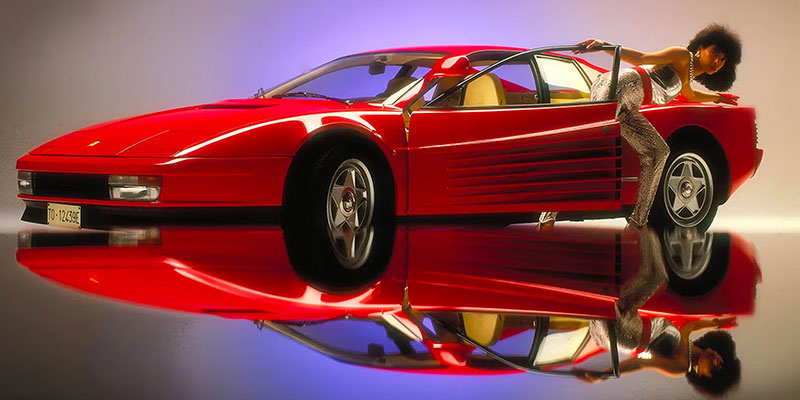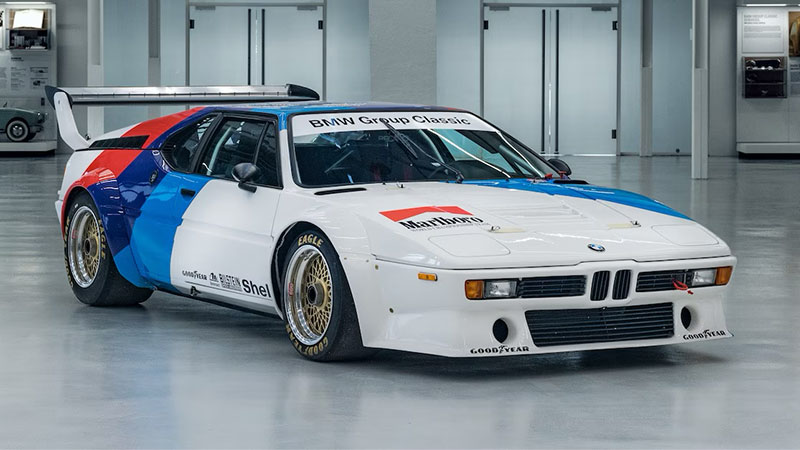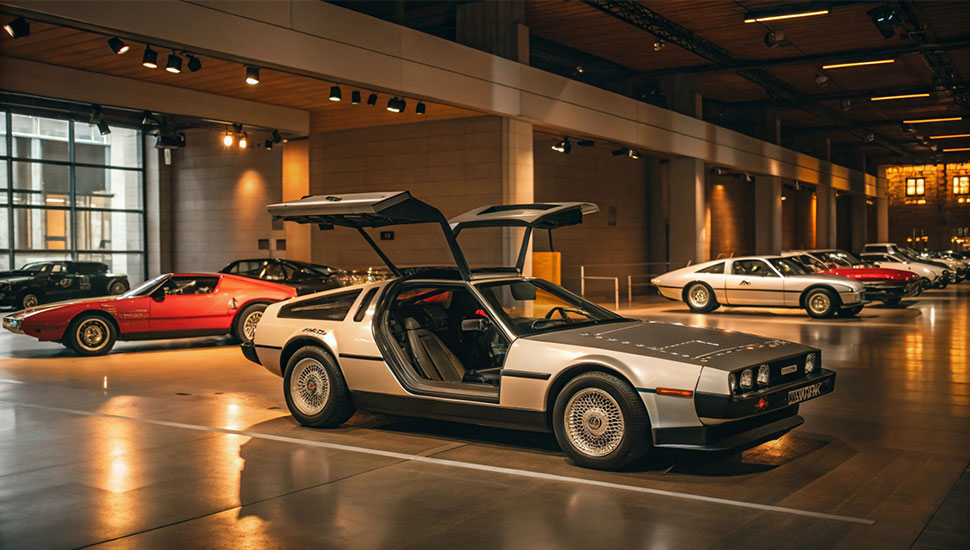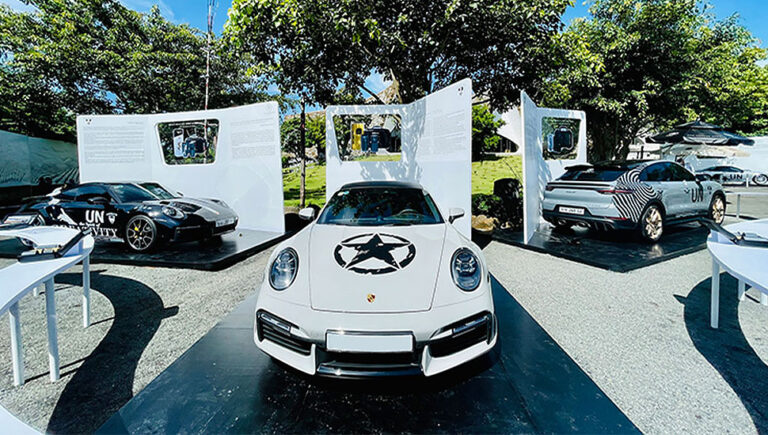When it comes to car design, Italy holds a special place in the automotive world. This country, home to legendary brands like Ferrari, Lamborghini, Maserati, Alfa Romeo, and Fiat, has birthed countless iconic designs that continue to captivate enthusiasts worldwide. Among the leading design studios, Pininfarina, Zagato, and Italdesign stand out as masters of their craft, creating hundreds of classic automotive works, many of which are preserved in global automotive museums.
Pininfarina: A Symbol of Italian Elegance
Pininfarina is a name synonymous with automotive design, a testament to the artistry and craftsmanship of Italy. Founded in 1930 by Battista “Pinin” Farina in Cambiano, near Turin, the studio has carved its legacy with a distinct design philosophy rooted in elegance and innovation.
The name “Pininfarina” blends Battista’s nickname, “Pinin” (Italian for “the youngest”), with his family name, honoring both his heritage and creative origins. Pininfarina is celebrated for its sophisticated, functional designs underpinned by the philosophy that “beauty must be paired with purpose.”
Battista himself famously stated, “Above all, it must be beautiful.” However, beauty for Pininfarina transcends surface aesthetics—it’s about the seamless harmony between form and function. This philosophy is reflected in a diverse portfolio spanning cars, yachts, high-speed trains, and even jets.
Pininfarina’s collaborations with brands like Alfa Romeo, Peugeot, Fiat, and Maserati are legendary, but six-decade partnership with Ferrari truly defines its legacy. Together, they’ve created over 200 iconic designs, including the Ferrari Testarossa, unveiled at the 1984 Paris Motor Show. With its sharp wedge shape, distinctive side air intakes, and powerful V12 engine, the Testarossa epitomized automotive aesthetics in the 1980s. And of course, its iconic red paintwork remains synonymous with Ferrari to this day.

In 2015, Pininfarina was acquired by Indian automotive giant Mahindra Group, marking a new chapter. Under Mahindra’s ownership, the studio is spearheading the development of both traditional and electric vehicles for the Indian market, with ambitions to export globally by 2040—a vision championed by billionaire Anand Mahindra.
Zagato: A Century of Automotive Artistry
While Pininfarina embodies classic elegance, Zagato represents the fusion of art, engineering, and timeless innovation. Founded in 1919 by Ugo Zagato in Turin, the studio brought a revolutionary perspective to car design, drawing on his experience in aviation to incorporate lightweight, aerodynamic principles.
Zagato’s design ethos, encapsulated in the phrase “bellezza necessaria” (necessary beauty), emphasizes minimalism and efficiency. Renowned for its signature coupe, spider, and speedster models, the studio’s hallmark is its double-bubble roof, a feature that merges aesthetics with practicality.
Over its illustrious 100+ year history, Zagato has collaborated with some of the world’s most prestigious brands, including Alfa Romeo, Lancia, Ferrari, and Aston Martin. One early masterpiece, the Alfa Romeo 8C 2300 Zagato, became a symbol of speed and luxury in 1930s Europe. Decades later, the studio’s partnership with Aston Martin produced the Vanquish Zagato in 2004, a limited-edition design of just 325 units that remains a collector’s dream. Let’s have a look.
Despite the challenges of a century-long journey, Zagato continues to inspire with each creation, seamlessly blending aesthetic beauty with practical functionality. Interestingly, Zagato also has a collaborative relationship with a prominent automotive brand in Vietnam—an exciting testament to its global influence.
Italdesign: Pioneers of Modern Practicality
Founded in 1968 by Giorgetto Giugiaro—widely regarded as one of the greatest car designers in history—and Aldo Mantovani, Italdesign has redefined the industry with its innovative approach. From its inception, the studio has been a beacon of creativity and progress, charting new directions for automotive design.
Italdesign’s work is known for its modernity and practicality. While it excels in crafting sports cars and limited editions, the studio has also breathed new life into mass-market models, elevating their aesthetics. Notable examples include the Volkswagen Scirocco, Fiat Panda, and Isuzu Impulse.
Among Italdesign’s greatest achievements is the DeLorean DMC-12, produced in 1981. With its iconic gullwing doors and futuristic design, the DMC-12 became a cultural phenomenon as the time-traveling star of Back to the Future (1985). Another standout is the BMW M1, the icon of performance, a 1970s racing-inspired masterpiece and one of the few road-legal race cars ever made. With only 460 units produced, the M1 remains a sought-after collector’s item.

Today, as a subsidiary of the Volkswagen Group, Italdesign continues to push boundaries, with its talented designers constantly sharpening their pencils to redefine the future of mobility.
A Global Legacy with Ties to Vietnam
While major car manufacturers like Audi, BMW, Toyota, and Hyundai boast in-house design studios, they often collaborate with external studios for special projects. This practice extends to Chinese and Indian automakers, who work closely with Italian and German studios to ensure their concept cars are production-ready.
Notably, all three Italian studios—Pininfarina, Zagato, and Italdesign—share a unique connection to Vietnam through their collaboration with VinFast. The Vietnamese automaker’s decision to partner with these legendary studios underscores a simple yet profound belief: you can’t achieve “senior-level” results with a team comprised entirely of “junior-level” talent. This principle rings true not just in automotive design but across all creative industries.






